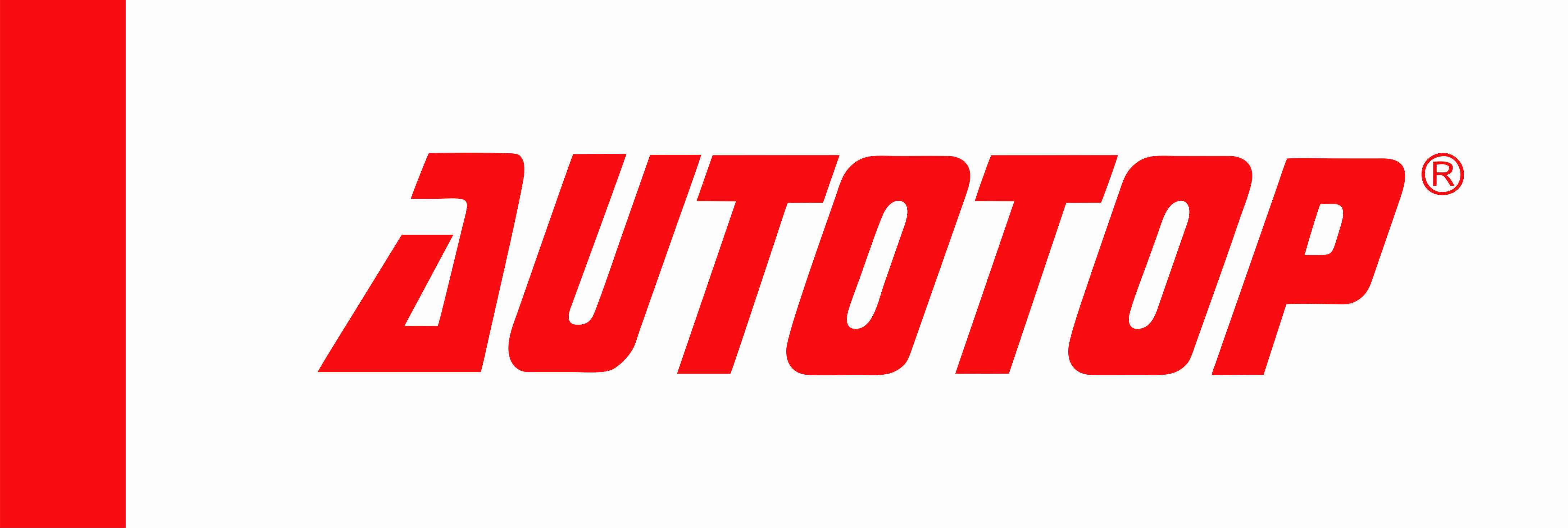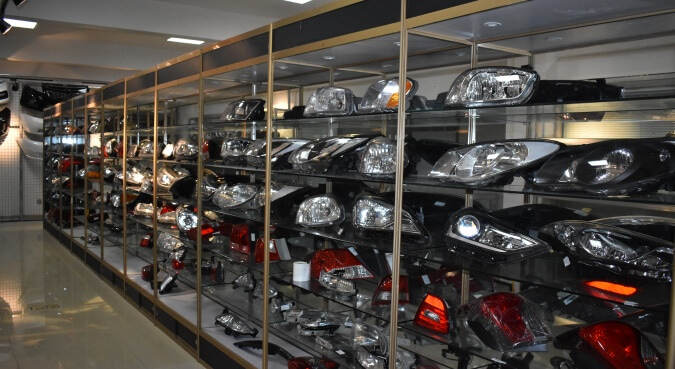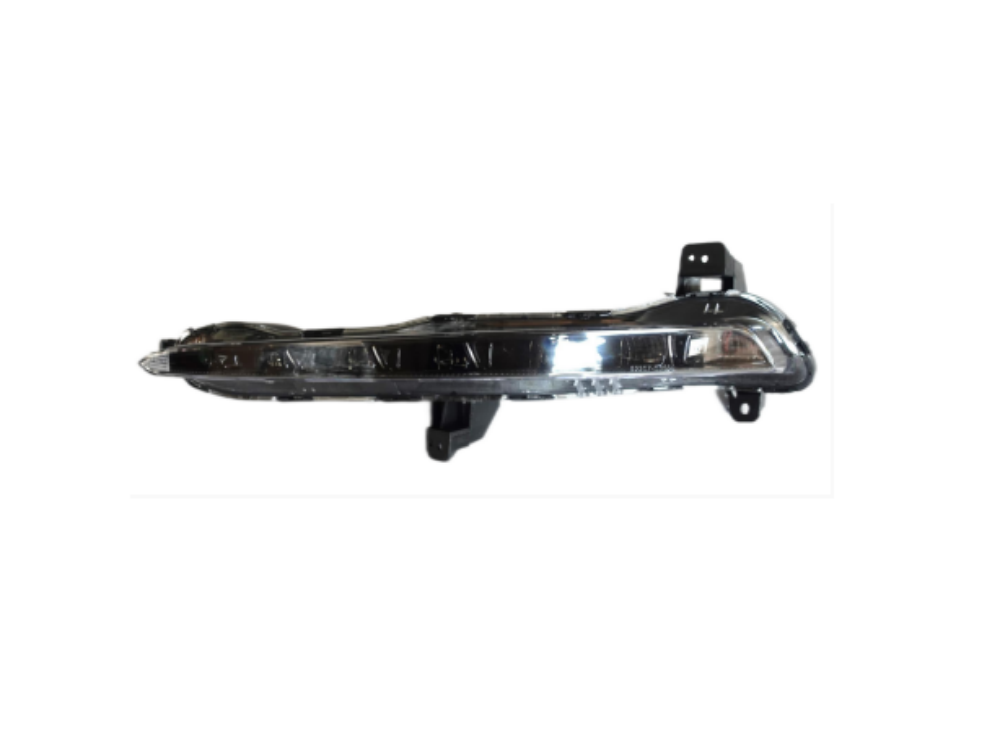headlight and fog light
Headlights and fog lights are essential automotive lighting components that significantly enhance driving safety and visibility. Headlights serve as the primary illumination source, providing crucial forward visibility during nighttime driving and adverse weather conditions. Modern headlight systems incorporate advanced LED or HID technology, offering superior brightness, energy efficiency, and longevity compared to traditional halogen bulbs. These systems often feature adaptive lighting capabilities that adjust beam patterns based on driving conditions and vehicle speed. Fog lights, mounted lower on the vehicle, are specifically designed to cut through fog, snow, and heavy rain by projecting a wide, flat beam that minimizes light reflection off moisture particles in the air. The strategic positioning and specialized beam pattern of fog lights help illuminate the road surface and edges, particularly beneficial when visibility is severely compromised. Both lighting systems work in tandem to create a comprehensive visibility solution, with headlights providing long-range illumination and fog lights offering enhanced short-range visibility in challenging conditions.










